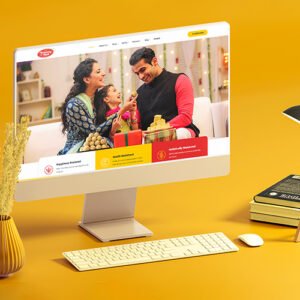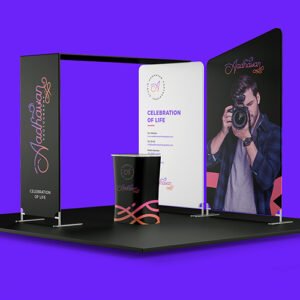User Experience (UX) design is a discipline focused on creating meaningful and satisfying experiences for users when interacting with digital products or services. UX designers aim to understand user needs, behaviors, and motivations to design intuitive, user-friendly, and engaging digital experiences. Here’s an exploration of UX design and how it enhances digital interactions:
User Research:
UX design begins with user research, which involves gathering insights about the target audience. This can be done through methods such as interviews, surveys, observations, and usability testing. Understanding users’ goals, preferences, and pain points helps designers create experiences that meet their needs effectively.
User-Centered Design:
UX design follows a user-centered approach, putting the needs and expectations of users at the forefront. Design decisions are based on user research findings and user feedback. User personas and user journeys are created to gain a deeper understanding of user behavior and design experiences that align with their expectations.
Information Architecture:
Information architecture focuses on organizing and structuring content in a way that is intuitive and easily navigable. UX designers create sitemaps, hierarchical structures, and clear navigation systems to ensure that users can find information and perform tasks effortlessly. Well-structured information architecture enhances the overall usability of digital products.
Wireframing and Prototyping:
Wireframing is the process of creating low-fidelity, skeletal representations of digital interfaces. Prototyping involves building interactive models of the design to simulate user interactions and gather feedback. These techniques help UX designers visualize and test the functionality, flow, and usability of the digital product before it is fully developed.
Visual Design:
Visual design in UX focuses on creating visually appealing and consistent interfaces. It involves choosing appropriate colors, typography, icons, and other visual elements that align with the brand identity and user preferences. Visual design enhances the aesthetic appeal of digital products while supporting usability and clarity.
Usability Testing:
Usability testing involves observing and gathering feedback from users as they interact with the digital product. This testing helps identify areas of improvement, usability issues, and user pain points. By observing real users in action, UX designers can refine and enhance the design to create a more intuitive and seamless experience.
Interaction Design:
Interaction design focuses on designing meaningful and engaging interactions between users and digital products. UX designers carefully consider how users will interact with buttons, menus, forms, and other interface elements. The goal is to create interactions that are intuitive, responsive, and provide immediate feedback to users.
Mobile and Responsive Design:
With the increasing use of mobile devices, UX designers prioritize creating experiences that are responsive and optimized for different screen sizes and resolutions. Mobile UX design considers the unique constraints and behaviors associated with mobile devices, ensuring that users can access and interact with digital products seamlessly on various devices.
Continuous Iteration and Improvement:
UX design is an iterative process that involves gathering feedback, analyzing user behavior, and making improvements based on data and insights. UX designers continuously monitor user interactions, conduct usability tests, and iterate on the design to optimize the user experience over time.
By incorporating user-centered design principles, conducting thorough research, and continuously iterating on the design, UX designers create digital experiences that are intuitive, seamless, and enjoyable for users. The aim is to enhance user satisfaction, engagement, and achieve the business goals of the digital product or service.








